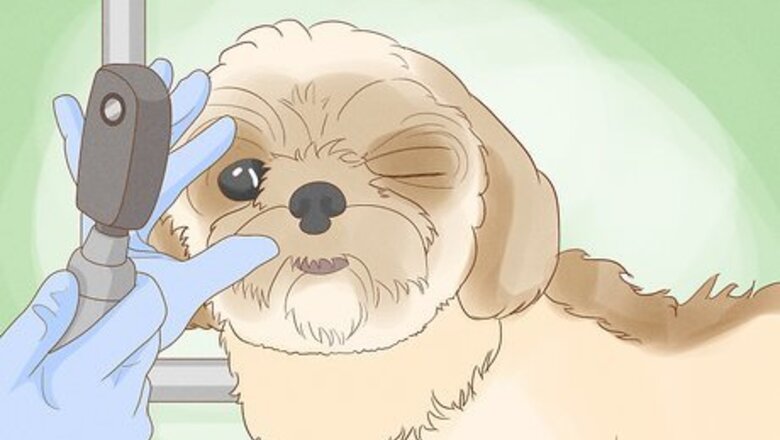
views
How do you treat a growth on a dog's eyelid?
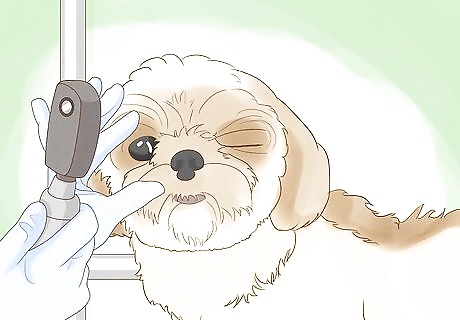
A growth on a dog's eyelid needs to be diagnosed and treated by a vet. Even if a growth is non-cancerous, it can still cause irritation and discomfort. If the growth is cancerous, it's also important to treat it as soon as possible so that the cancer doesn't spread. To ensure your dog gets the treatment they need as soon as possible, call your vet and schedule an appointment. As the growth gets bigger, it may require more invasive surgery. This can be costly and uncomfortable for your pup, so call your vet as soon as you spot a growth. If your vet suspects the growth is cancerous, they will take a biopsy to make an official diagnosis. They may also run blood tests and conduct a chest X-ray.
Types of Growths
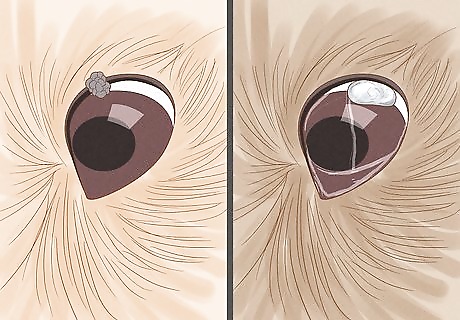
Benign Tumors Over 75% of eyelid tumors in dogs are benign and non-cancerous. These tumors are usually located along your dog's eyelid glands or skin. They first appear as small growths, but will enlarge over time. As they get bigger, they may rub against your dog's eye. This can be painful and irritating for your dog, so a vet will almost always suggest removal for your pup's safety. Adenoma: These benign tumors are usually pink or gray and are located on the upper or lower eyelid. They may enlarge or become more irritated over time. Papilloma: These are most popular in young dogs and usually appear as pink or white bumps on the surface of their eyelid. Though you should still always contact your vet, these growths sometimes disappear on their own.
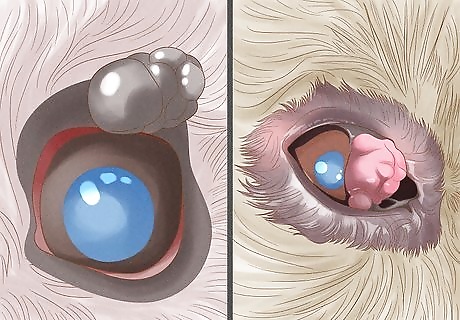
Malignant Tumors Though cases are rare, sometimes an eyelid tumor may be cancerous. These tumors are also located on the eyelid gland or skin, and some may cause the cancer to spread to other regions of the body. To keep your dog safe and healthy, these tumors should be removed with the help of a vet. Adenocarcinoma: These do not usually spread to other parts of the body, but may spread to other parts of the eye. They are typically pink or grey and may bleed or become more irritated over time. Melanoma: Melanoma may appear as one small growth on the eyelid at first, with more growths spreading along the eyelid over time. The cancer has a greater risk of spreading to other parts of the body.
Treatment and Surgery
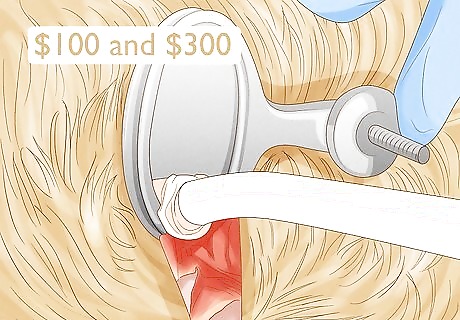
Cryotherapy (Debulking) Your vet may opt for this option if the growth is small and caught early. In this procedure, your vet will freeze your dog's eyelid growth to shrink its appearance and prevent regrowth using a cryoprobe. This procedure is considered less invasive than surgery and is used to treat benign and malignant eyelid growths. To keep your dog safe, the vet will apply a local anesthetic and sedate your pup during the procedure. A cryoprobe is a surgical instrument that uses liquid nitrogen to freeze, shrink, and kill diseased tissue. Cryotherapy typically costs between $100 and $300 per treatment. Usually, only one treatment is needed.
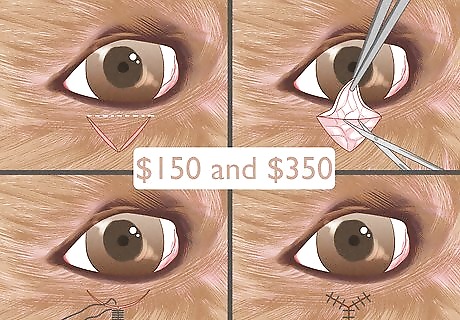
V-Plasty Surgery If the growth is larger, your vet may choose this surgical option. During a V-plasty surgery, your vet will put your dog under anesthesia and remove a small wedge of tissue where the growth is located. Then, they will stitch the incision back together using sutures. This procedure is used to remove benign and malignant eyelid growths. V-plasty surgery is an outpatient procedure that is usually very successful. In nearly all cases, the growth will not return after surgery. If the tumor is large and requires a bigger portion of the eye to be removed, your vet may schedule a follow-up eyelid reconstruction surgery. The cost of V-plasty surgery ranges between $150 and $350.
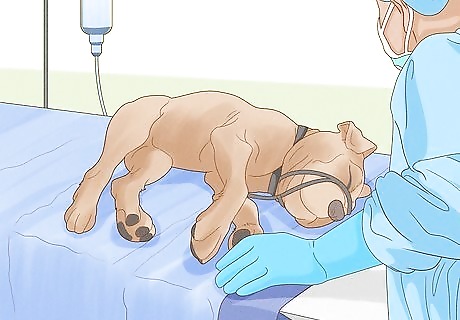
Chemotherapy If your dog has a malignant tumor like melanoma, your vet may suggest chemotherapy to treat the cancer and prevent it from spreading. Your vet may prescribe treatment through a pill or through an injection that they will administer on an appointment basis. In most cases, your dog will get to stay home (and not at the vet's office) while undergoing chemo. The duration of your dog's chemo treatment depends on their particular case and age. Older dogs may remain on chemo for the rest of their lives, while others will only have chemo until their cancer goes into remission. The cost of chemo ranges between a few hundred and a few thousand dollars. The total cost depends on the size of your dog and whether the cancer has spread to other parts of the body.
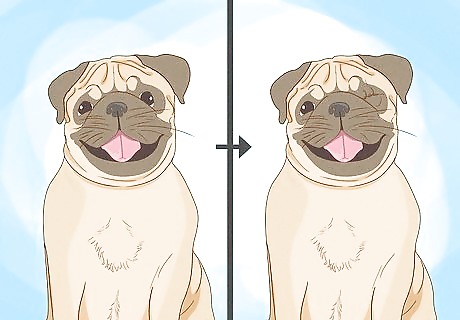
Eye Removal (Rare Cases) Enucleation, A.K.A. eye removal, is sometimes necessary when a dog has a cancerous eye tumor. If a vet has to remove a significant amount of tissue to ensure the cancer is gone, they may decide that removal of the eye is the best option. Though removal of the eye is a big change, many pups go on to live happy, healthy lives after the surgery. After the site has healed, they will also no longer experience discomfort or pain at the site. The cost of eye removal surgery depends on the additional care your dog needs following the surgery, but it typically ranges between $400 and $950.
Post Surgery Care
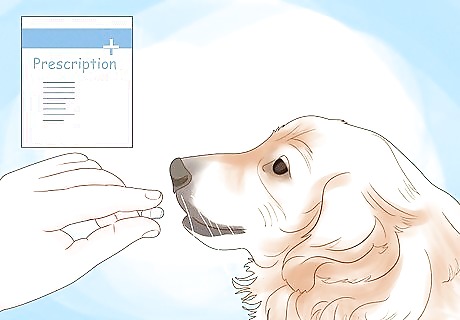
Give your dog any prescribed medications. Your vet will usually prescribe pain medication to be taken for about a week after the surgery. Follow your vet's specific dosage instructions to make sure that your dog can heal as painlessly as possible.
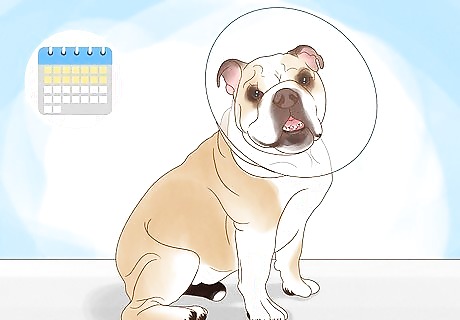
Ensure your dog wears an Elizabethan collar for 10-14 days. An E-collar is a cone-shaped collar that prevents your dog from scratching the incision site while it heals. Though it may be a nuisance for your dog, it will help your dog recover from surgery faster and more comfortably in the long run.
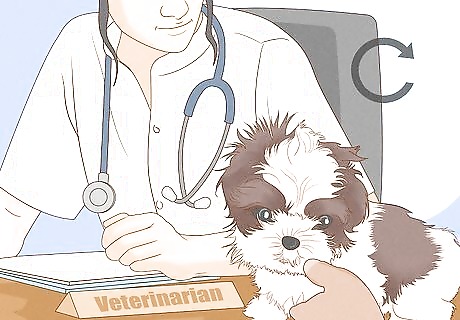
Take your dog to the vet for a post-op check-up. To make sure your dog is healing properly, you will most likely need to schedule another check-up with your vet a few weeks after the surgery. Your vet will use this time to examine your pup's eye and make sure there are no signs of regrowth or infection. If you notice a bump at the incision site, talk to your vet. A small number of growths can recur after surgery. In that case, your doctor may schedule a second surgery once your pup is ready.











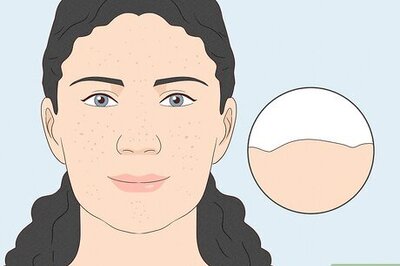

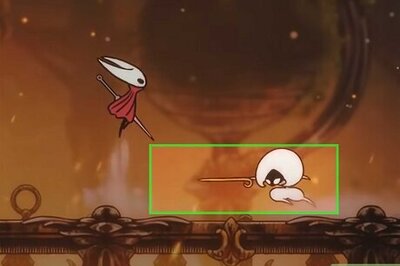


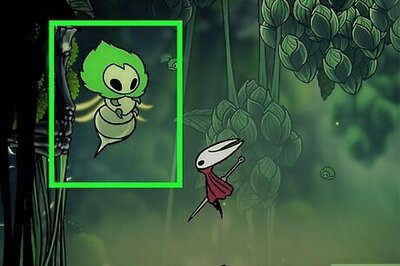



Comments
0 comment